MY TAKE: Fostering Digital Trust – the role of ‘post-quantum crypto’ and ‘crypto agility’ in 2024
The Last Watchdog
DECEMBER 13, 2023
Related: Why IoT standards matter Digital Trust refers to the level of confidence both businesses and consumers hold in digital products and services – not just that they are suitably reliable, but also that they are as private and secure as they need to be. Notable progress was made in 2023 in the quest to elevate Digital Trust.


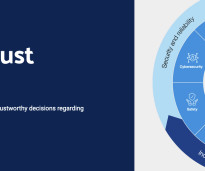
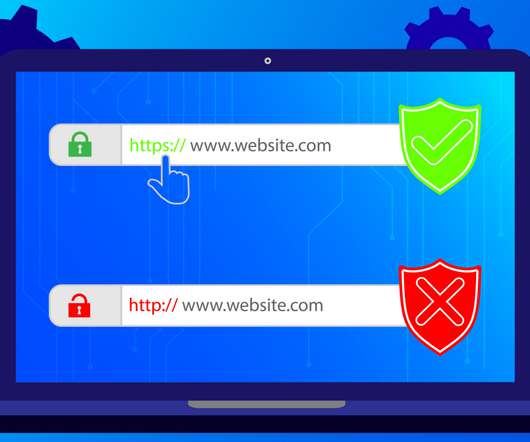



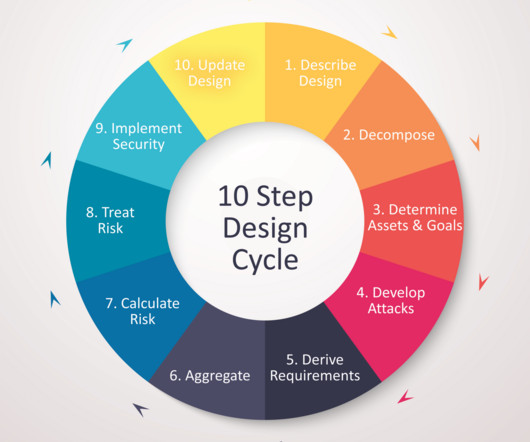
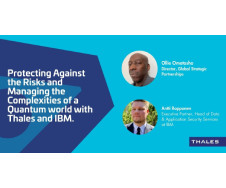

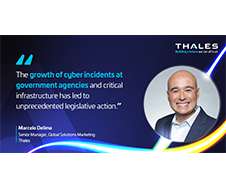






Let's personalize your content